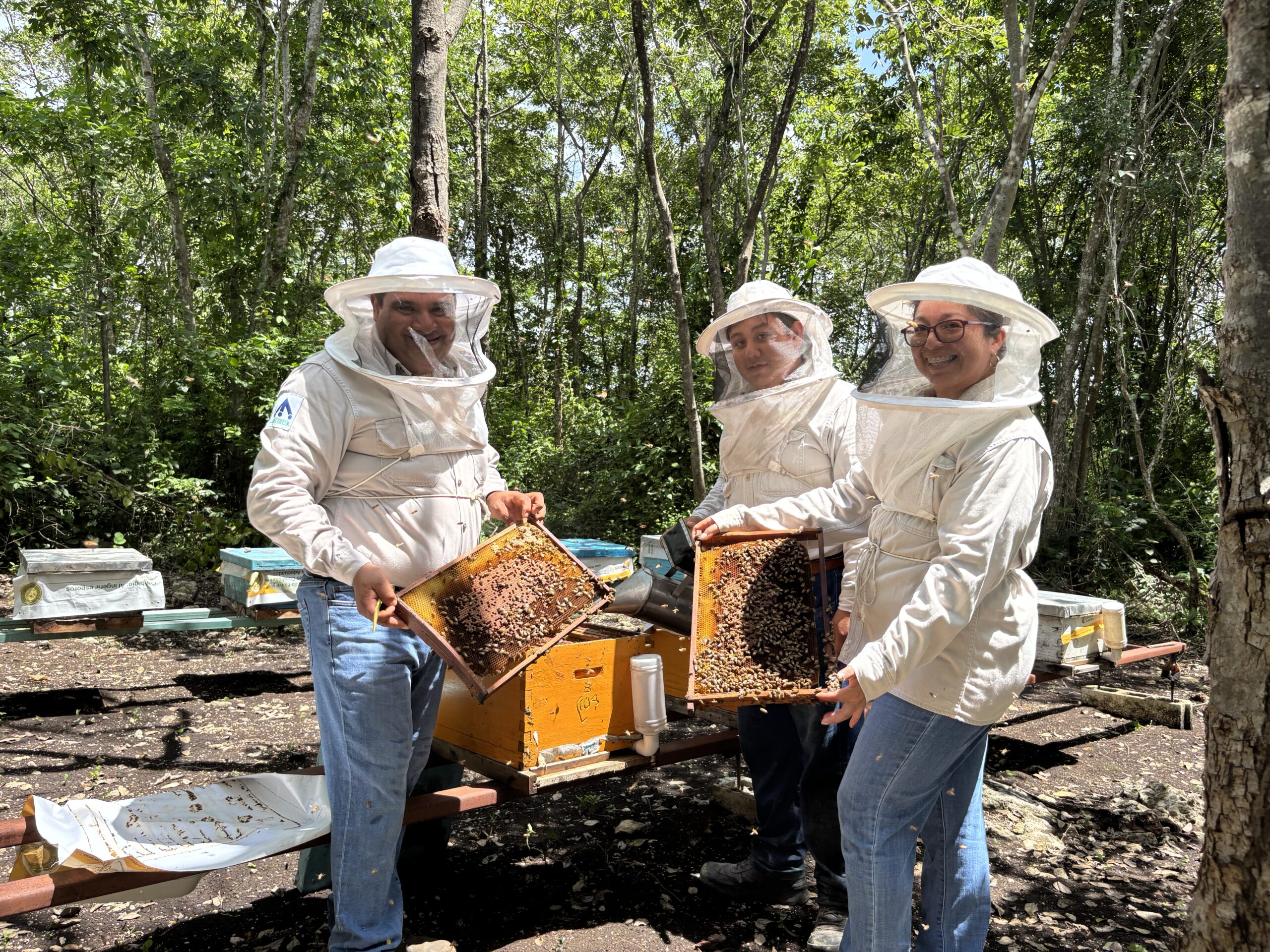
The key outcome of the Baku negotiations will be the New Common Quantified Goal, the total amount of annual climate funding provided by the Global North to the Global South.
The draft released on Friday calls for providing $250 billion annually by 2035.
“If nothing changes, this COP will be remembered for three key failures,” says Felix Finkbeiner, founder of Plant-for-the-Planet.
Failure 1: A Tragically Insufficient Funding Goal
The draft agreement text (as of Friday, 22.11.2024) itself cites $670–971 billion in annual funding required for Global South climate mitigation and adaptation. The G77, a coalition of developing countries, demanded $1.3 trillion annually.
“This draft agreement marks minor progress but is entirely insufficient. The Baku negotiations have failed to steer us away from climate catastrophe,” Finkbeiner added, “A 150% increase since the previous 2009 goal of $100 billion is a slap in the face to future generations.”
The past goal was already wholly insufficient: since 2009, total global annual CO2-emissions increased by 20%.
A high goal is no guarantee that the money will actually flow. The 2009 goal was not reached until 2022. However, it does serve as an essential international yardstick to measure our actions. By setting our goal too low, we are obfuscating our shortfall.
Failure 2: The Funding Goal Is Not Based on Grant-Equivalency
In an expected, yet nonetheless unacceptable, further blow the $250 billion counts not just grants, but also loans. The frequently highly-indebted global south countries must then repay them with sometimes exorbitant rates.
Developing countries and NGOs had been demanding a funding target expressed in grant-equivalence, the modern standard for measuring international aid. Grant-equivalence only measures the concessional elements of international financial flows.
This demand has been ignored.
Failure 3: Nobody Is Paying Up for the Rainforest
The 2022 IPCC Report emphasised that it is impossible to limit temperature rise to 1.5°, without vastly improving forest conservation. At COP26, the international community committed to ending tropical deforestation by 2030.
We are currently losing about 10 billion trees annually and are not on track to meet this goal. Dedicated forest funding is necessary for a zero-deforestation world.
At the beginning of 2024, the US pledged $500 million for the Amazon Fund. As a result of the US election, almost certainly no more than $100 million will actually be paid.
“We desperately need other countries to step in to fill this essential gap torn by the US election,” says Felix Finkbeiner, founder of Plant-for-the-Planet.
“Despite holding out hope until the last minute of this finance COP, we have not heard any meaningful commitments from global north countries to fund the preservation of the world’s rainforests.”
The sad summary: no new funding for forest conservation was announced.
The Silva-Lining: Tropical Forest Funding Facility – Baby Steps Towards a Bold Move
One small highlight was President Biden’s announcement from the G20 conference in Brazil to support the Tropical Forest Funding Facility (TFFF). However, it is unclear what practical consequences this symbolic gesture will have with the looming transition of power in the USA. Informal indications of support – without any concrete announcements – were made by representatives of Germany and other countries at COP29.
The TFFF is a bold initiative, spearheaded by Brazil’s environment minister Marina Silva to fund the preservation of rainforests globally. Many details remain to be clarified, however, this is the first initiative with anywhere near the level of ambition to deliver on the COP26 goal of ending deforestation by 2030.


















